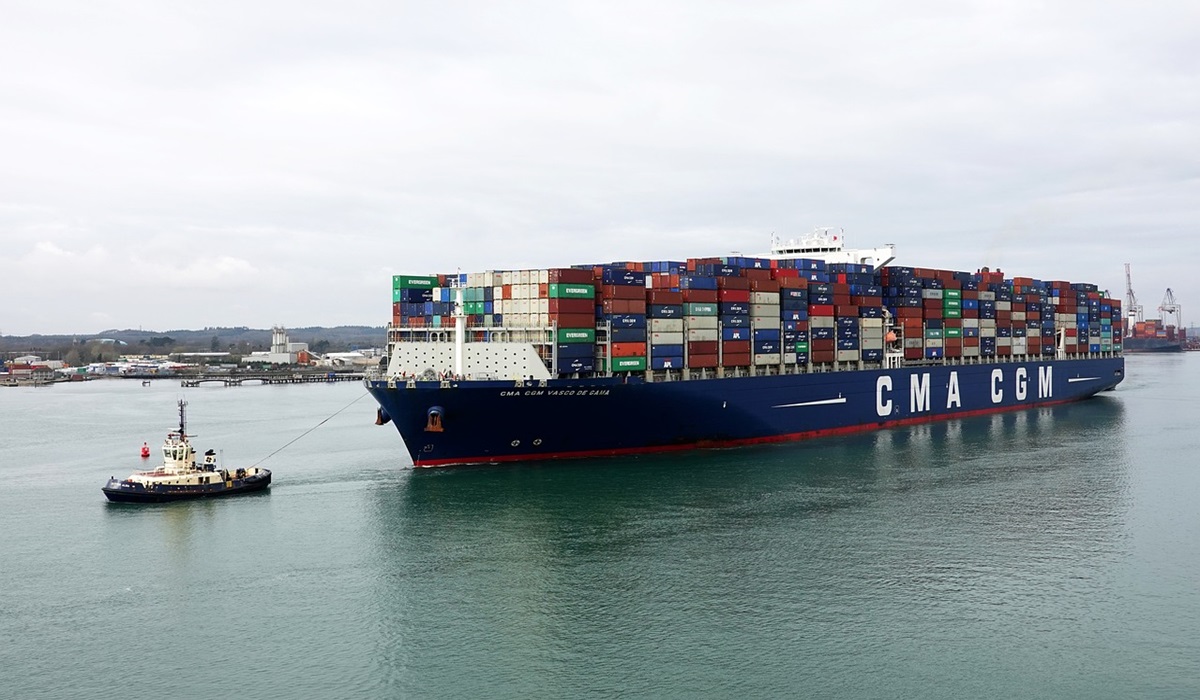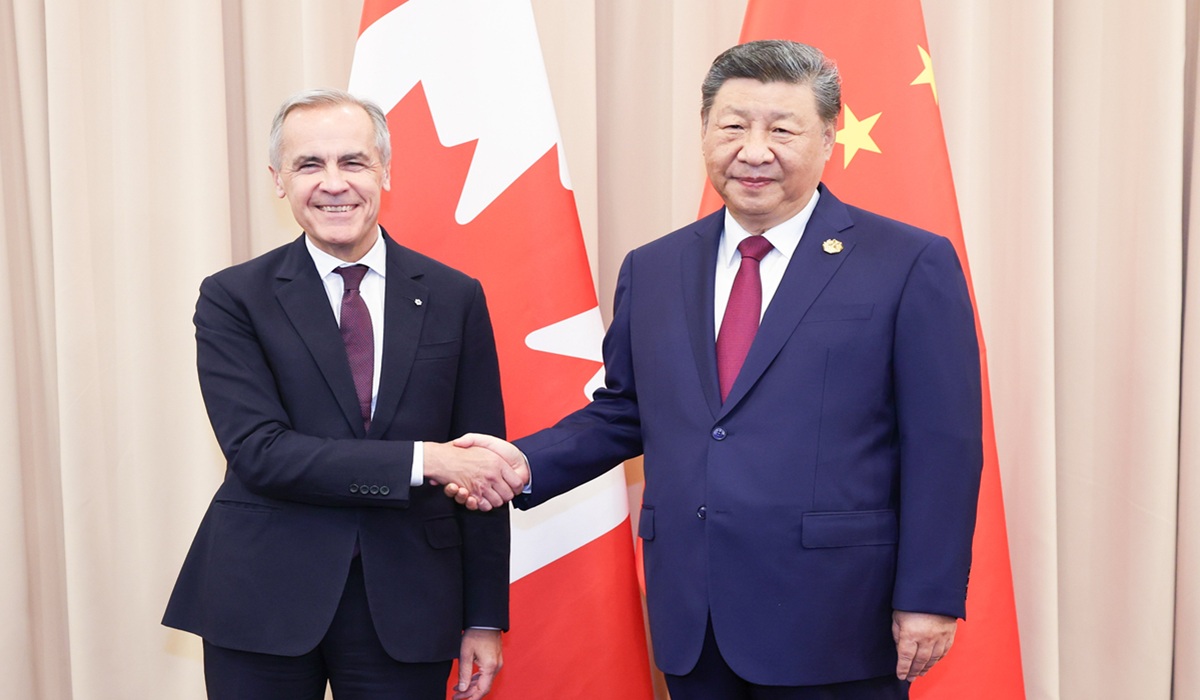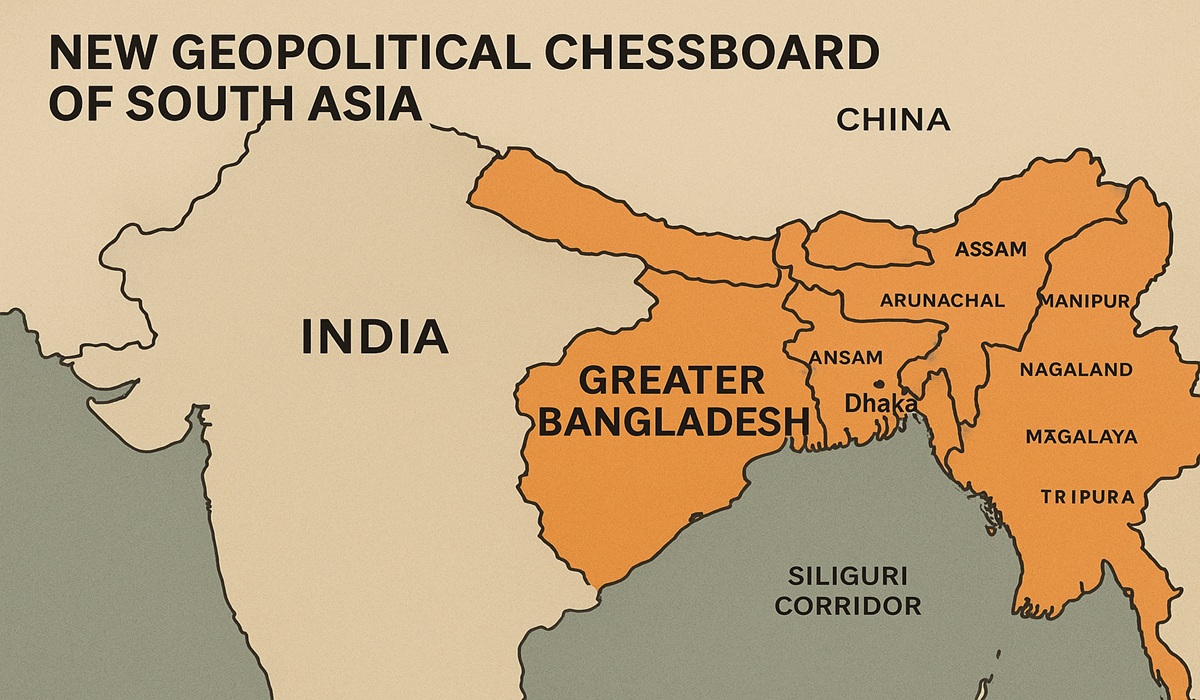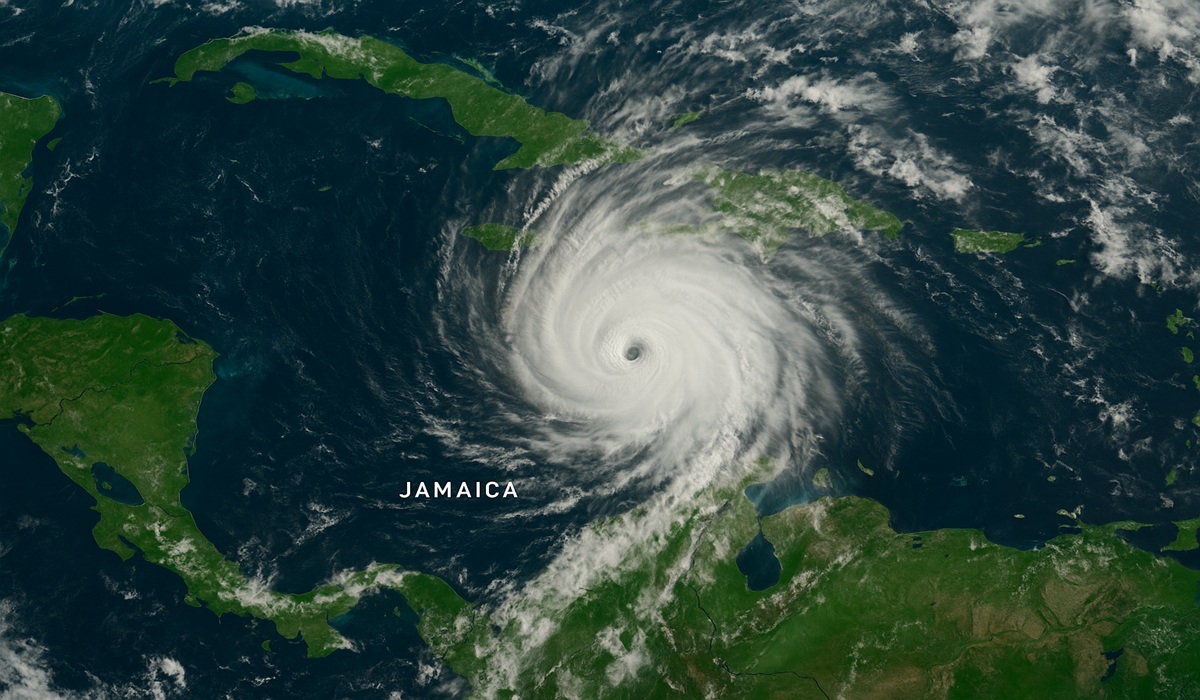Chokepoints of Power: The Top 5 Most Important Straits in Global Trade
- Ingrid Jones
- Breaking News
- June 3, 2025

Image Credit, Aline Dassel
Global trade doesn’t flow freely; it squeezes through narrow maritime arteries called strategic straits—tight corridors of ocean that function as economic lifelines. These straits aren’t just geography; they’re leverage. If one gets blocked, the consequences are felt from Wall Street to warehouses in West Africa. Here are the top five most critical straits shaping global trade, who holds the keys, and why they matter now more than ever.
1. Strait of Hormuz
Location: Between Oman and Iran
Why It Matters: Roughly 20% of the world’s oil passes through this narrow waterway, which connects the Persian Gulf to the Arabian Sea. That’s about 17 million barrels per day.
Who Controls It: Militarily, Iran has the strongest presence, although Oman and the U.S. Navy maintain watch.
Strategic Risk: Iran has repeatedly threatened to close the strait during periods of geopolitical tension—especially when hit with sanctions. A closure or even disruption would spike global oil prices overnight.
Why It Still Matters: As long as fossil fuels drive the world economy, Hormuz is a pressure point no one can ignore. And with rising tensions in the Middle East, it’s always one bad decision away from crisis.
2. Malacca Strait
Location: Between the Malay Peninsula (Malaysia and Thailand) and the Indonesian island of Sumatra
Why It Matters: About 25% of global trade and over 60,000 ships pass through Malacca every year, including much of China’s energy imports and goods flowing between Asia, Europe, and the Middle East.
Who Controls It: Technically shared by Indonesia, Malaysia, and Singapore, but Singapore holds the most influence thanks to its sophisticated ports and naval cooperation with the U.S.
Strategic Risk: A pirate attack, ship collision, or naval blockade could cripple East Asia’s manufacturing core.
Why It Still Matters: China is so concerned about this chokepoint that it’s investing billions in alternative overland routes like the China-Pakistan Economic Corridor to reduce its “Malacca Dilemma.”
3. Suez Canal (including the Bab el-Mandeb Strait)
Location: Egypt (Suez Canal) and between Djibouti/Yemen (Bab el-Mandeb)
Why It Matters: The Suez handles about 12% of world trade and is a vital artery for Europe-Asia shipping. Bab el-Mandeb, at the southern mouth of the Red Sea, is the access point for the canal from the Arabian Sea.
Who Controls It: Egypt governs the Suez Canal, while Yemen’s civil war and foreign powers (notably the UAE and Iran) affect security in the Bab el-Mandeb.
Strategic Risk: The 2021 Ever Given crisis showed just how vulnerable global supply chains are—a single ship stuck for six days cost the world $60 billion. Ongoing conflict in Yemen also threatens the Bab el-Mandeb.
Why It Still Matters: The canal is the quickest sea route between Europe and Asia. Rerouting around Africa can add 10+ days and thousands in fuel costs.
4. Panama Canal
Location: Panama, connecting the Atlantic and Pacific Oceans
Why It Matters: About 6% of global maritime trade flows through it, with huge significance for U.S. East-West trade, grain exports, and shipments from China to the U.S. East Coast.
Who Controls It: Fully operated by Panama since 1999. However, China has invested heavily in ports at either end, raising geopolitical eyebrows.
Strategic Risk: Climate change has made this strait vulnerable—droughts are lowering water levels, limiting the number and weight of ships that can pass.
Why It Still Matters: It’s a cornerstone of U.S. trade logistics. A long-term closure or decline would force major rerouting, including around Cape Horn, a brutal and costly detour.
5. Danish Straits (Skagerrak, Kattegat, Øresund)
Location: Between Denmark, Sweden, and Norway, connecting the Baltic Sea to the North Sea
Why It Matters: These straits are vital for the trade of countries like Germany, Poland, Russia, and the Baltics—and critical for oil and liquefied natural gas (LNG) shipments, especially post-Ukraine war.
Who Controls It: Primarily Denmark, with some overlapping naval activity from Sweden and NATO.
Strategic Risk: In a war scenario—especially with rising NATO-Russia tensions—these narrow waterways could become militarized chokepoints.
Why It Still Matters: Russia’s export of oil, grain, and fertilisers to Europe and Africa increasingly depends on these narrow exits, particularly since pipelines have become geopolitical flashpoints.
The Bottom Line:
These five straits are not just maritime pinch points—they are geopolitical powder kegs. A single blockade or disruption in any of them can send oil prices skyrocketing, collapse shipping schedules, and wreak havoc on already fragile supply chains. Control over these waters equals leverage in a multipolar world, and everyone from regional powers to superpowers knows it.
In an era of rising nationalism, decoupling economies, and climate instability, don’t be surprised if the next global crisis isn’t a land war or a cyberattack—but a shipping container stuck in the wrong strait at the wrong time.








